Top speed 780 km/h Wingspan 30 m Length 32 m | Range 4,400 km Weight 35,000 kg Engine type Allison T56 | |
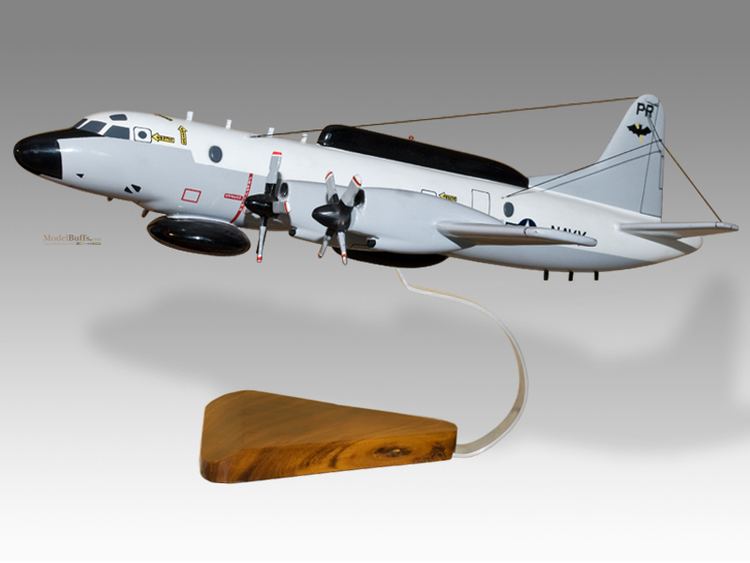 | ||
Lockheed ep 3e aries kadena air base dec 11 2015
The Lockheed EP-3 is the signals reconnaissance version of the P-3 Orion, operated by the United States Navy.
Contents
- Lockheed ep 3e aries kadena air base dec 11 2015
- Development
- Notable incidents
- EP X
- Replacement
- Variants
- Current operators
- Specifications EP 3
- References
Development
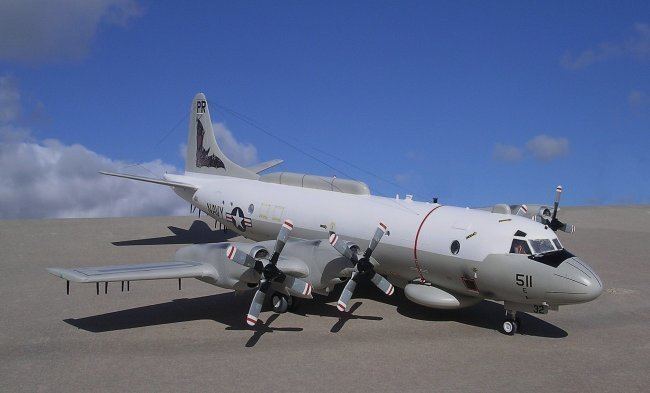
A total of 12 P-3C aircraft were converted to replace older versions of the aircraft, which had been converted in the late 1960s and early 1970s. The aircraft are known by the acronym ARIES, or "Airborne Reconnaissance Integrated Electronic System".

The squadrons that flew the EP-3E also flew the Lockheed EC-121 Warning Star from 1962 to 1974 and the Douglas EA-3B Skywarrior from 1960 to 1991. There are 11 EP-3Es in the Navy's inventory, the last of which was delivered in 1997.
Notable incidents
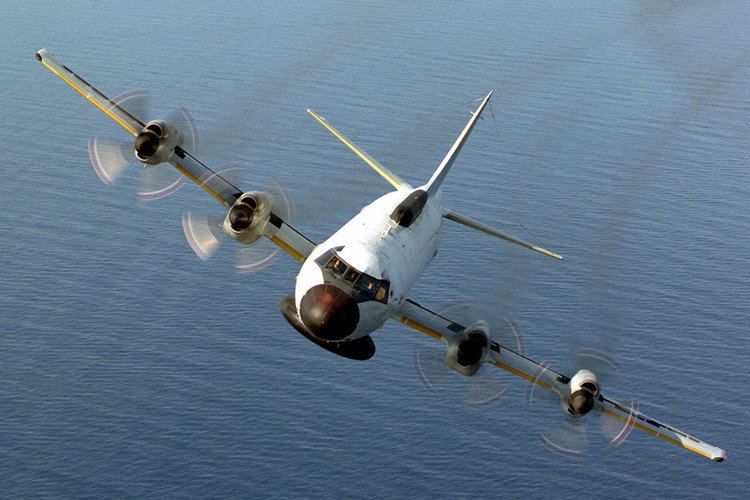
In April 2001 an aerial collision between a United States Navy EP-3E ARIES II, a signals reconnaissance version and a People's Liberation Army Navy J-8IIM fighter resulted in an international incident between the United States and China. The J-8IIM crashed and its pilot was killed. The EP-3 came close to becoming uncontrollable, at one point sustaining a nearly inverted roll, but was able to make an emergency landing on Hainan. The crew and plane were subsequently detained by Chinese authorities, accused of "killing the Chinese pilot".
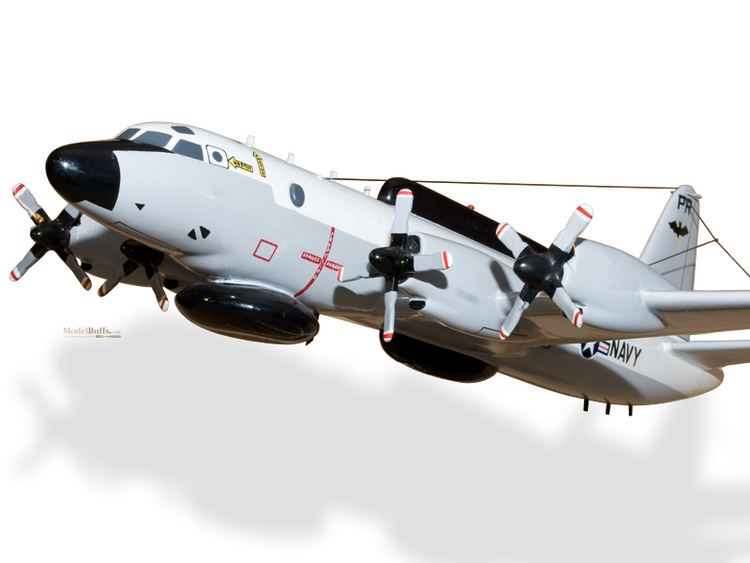
After several days, the crew was repatriated separately to the United States while the aircraft remained in China, reported taken apart for research on American technology. Although the crew attempted to destroy as much classified material, hardware, and software on the aircraft prior to the emergency landing, there is little doubt that the EP-3 was exploited by Chinese intelligence services. An American team was later permitted to enter Hainan in order to dismantle the aircraft, which was subsequently airlifted back to the United States for reassembly and repair.
EP-X
Boeing has started working on an unscheduled replacement aircraft, the EP-X, based on their 737.

On 16 August 2009, The Navy issued an "EP-X Analysis of Alternatives" that called for "information useful for the execution of the Electronic Patrol-X (EP-X) program which will recapitalize the EP-3E aircraft to provide tactical, theater, and national level Intelligence, Surveillance, Reconnaissance, and Targeting (ISR&T) support to Carrier Strike Groups and to Theater, Combatant, and National Commanders."
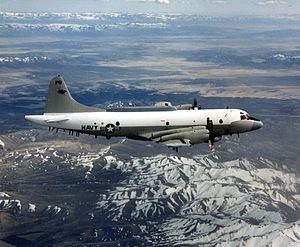
On 23 September 2009, leaked Navy budget documents for FY2011 revealed that the EP-X program would be delayed rather than started in that year.
On 1 February 2010, the President unveiled his proposed budget for 2010. This budget called for, among other things, canceling the EP-X program.
Replacement
After the cancellation of the EP-X Program, the US Navy has planned to replace the EP-3E Aries II with the MQ-4C Broad Area Maritime Surveillance (BAMS) unmanned aircraft and the MQ-8B Fire Scout unmanned helicopter. All P-3 Orion aircraft assigned to special projects squadrons (VPU) and all EP-3E Aries II aircraft are expected to fully retire by 2020.
Variants
Current operators
Specifications (EP-3)
General characteristics
Performance
